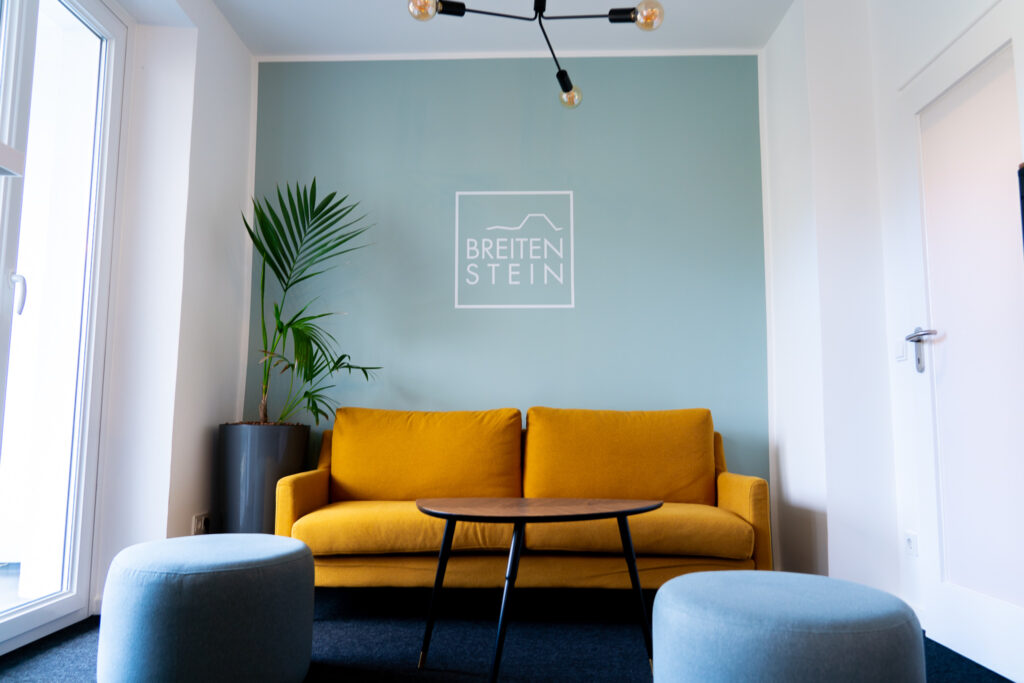The debate is becoming increasingly controversial:
How do you get employees back into the office?
On the one hand:
The corona lockdowns have given virtuality in management – and thus home office – the long-awaited boost. Many employees have adapted their lives accordingly: Integration of work and family. No more long journeys and travel costs. More concentrated working from home.
On the other hand:
Corporate culture no longer takes place in the kitchenette. Alienation from employer and team. Real collaboration is on the decline. People no longer come to the office because no one is there anyway – not fair to those who have to be there. Leadership becomes more difficult if there is no real culture of trust: who is actually working on what?
How can you bring it back together?
We tried it out on ourselves: we had to leave our old office in 2021 and thought about a completely virtual organization. This was actually possible for a consultancy that now has 12 employees, who spend a lot of time on site with clients and working on different projects. But somehow we felt uneasy about it. The entire team was of the opinion that in order to feel comfortable and be truly innovative, we needed to see each other regularly. Good advice also comes from teamwork. And we partners wanted to know who was currently working on what. We wanted an office again – but different than before!
So we turned it into a project: how much presence do we really need to be good? And what should our dream office look like?
This is the result:
- Three office spaces that can be converted into workshop rooms, with flexible furniture that can be used as desks but can also be turned into whiteboards
- A kitchen for eating together and for small meetings
- A creative space with media for hybrid working and a media station for virtual training and videos. Lots of whiteboards and a glass wall
- Comfortable furniture for coaching sessions and discussions
- And a balcony so you can sit outside in summer
- All in Munich, as centrally located as possible.
Plus: an IT tool to know who is working on which project and when. Conveniently, the tool also monitors working hours and generates invoices for the client automatically and transparently.
Also important: home office hours are generally flexible, but we all want to be in the office at least two days a week. Everyone has a key and anyone who wants to be there more often can do so at any time.
The crux of the matter was that we let the team do it and help decide – we were in dialog.
We gave the team a budget and said: make it so that you feel comfortable! The employees even designed and built the furniture themselves.
You can see the result in the photos and how it’s now working wonderfully for us
We also offer this process to customers.
A few principles are important here:
- Dialogue: Everyone must understand what the needs and necessary work processes of the organization are – but the changing work and life needs of the employees must also be heard (when in doubt, the needs of the organization take precedence)! What communication needs do we have? What work processes? What needs presence – what doesn’t?
- Looking to the future: work is changing due to digitalization and automation (e.g. AI). How do we want to work in the future? What can/must we redesign? Where can tools help us to improve cooperation, both virtually and in person? Also with regard to roles and skills?
- Co-creation: The more employees can actively shape this process, the more comfortable they will feel afterwards in the new work setup. This is the only way to realize individual needs in the workplace.
The process leads to much more than just a sensible arrangement in terms of presence in the office; it leads to a deeper understanding among everyone of what effective and efficient work is, which is of course also fun.
By the way: last week we got a shower!
Because some of us have longer bike routes or come straight to the office in the morning from a flight abroad.



